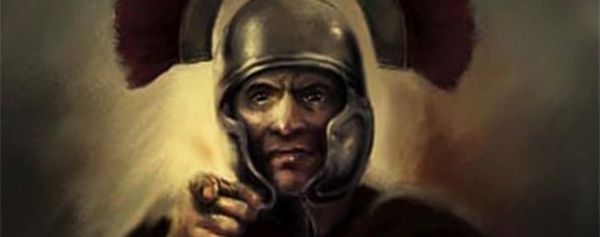The book “A History of Dragons: Their Influence on Life and Culture” by Sarah-Beth Watkins is a real treat for lovers of the mythology, history, and symbolism of the extraordinary creatures that dragons represent. The Polish edition of book is published by REPLIKA publishing house.
In an accessible and engaging way, the author guides the reader through various cultures and eras, demonstrating that dragons have accompanied humans since the dawn of time – from Far Eastern legends, through ancient myths, to medieval bestiaries.
The book is divided into ten chapters, in which Watkins discusses the first mentions of dragons in history, presents their various types and descriptions in Greek mythology, and also touches on a period of particular interest to enthusiasts of antiquity – the Roman era. Here, we learn the story of the battle of the Romans, led by Marcus Atilius Regulus, with a beast resembling a dragon or a giant serpent – an event described by Pliny the Elder. The author also mentions the Roman cavalry standard – the draco – used in the late Empire, depicting a gaping dragon’s head and a serpentine body.
However, the most attention is devoted to the Christian period, the Middle Ages, and Far Eastern culture, where the image of the dragon takes on particular symbolic significance.
The Polish edition of this book deserves special recognition. It is printed on high-quality paper in an elegant hardcover, giving it an exceptionally solid appearance. The interior of the book is captivating with black-and-white and color illustrations that perfectly complement the text and allow for an even deeper immersion in the fascinating world of dragons.
The only thing I found lacking was the lack of footnotes that would help me locate sources of information—for example, the story of the mud dragon near Rome.
The book, which is over 260 pages long, offers not only rich content but also a solid scholarly framework—the author includes an introduction, a list of sources, and additional literature. This makes it a valuable resource for both enthusiasts and researchers of culture and mythology.
“Dragons in Beliefs and Culture” is an excellent choice for anyone who wants to view dragons not only through the lens of fantasy, but also through the lens of history, culture, and beliefs.


